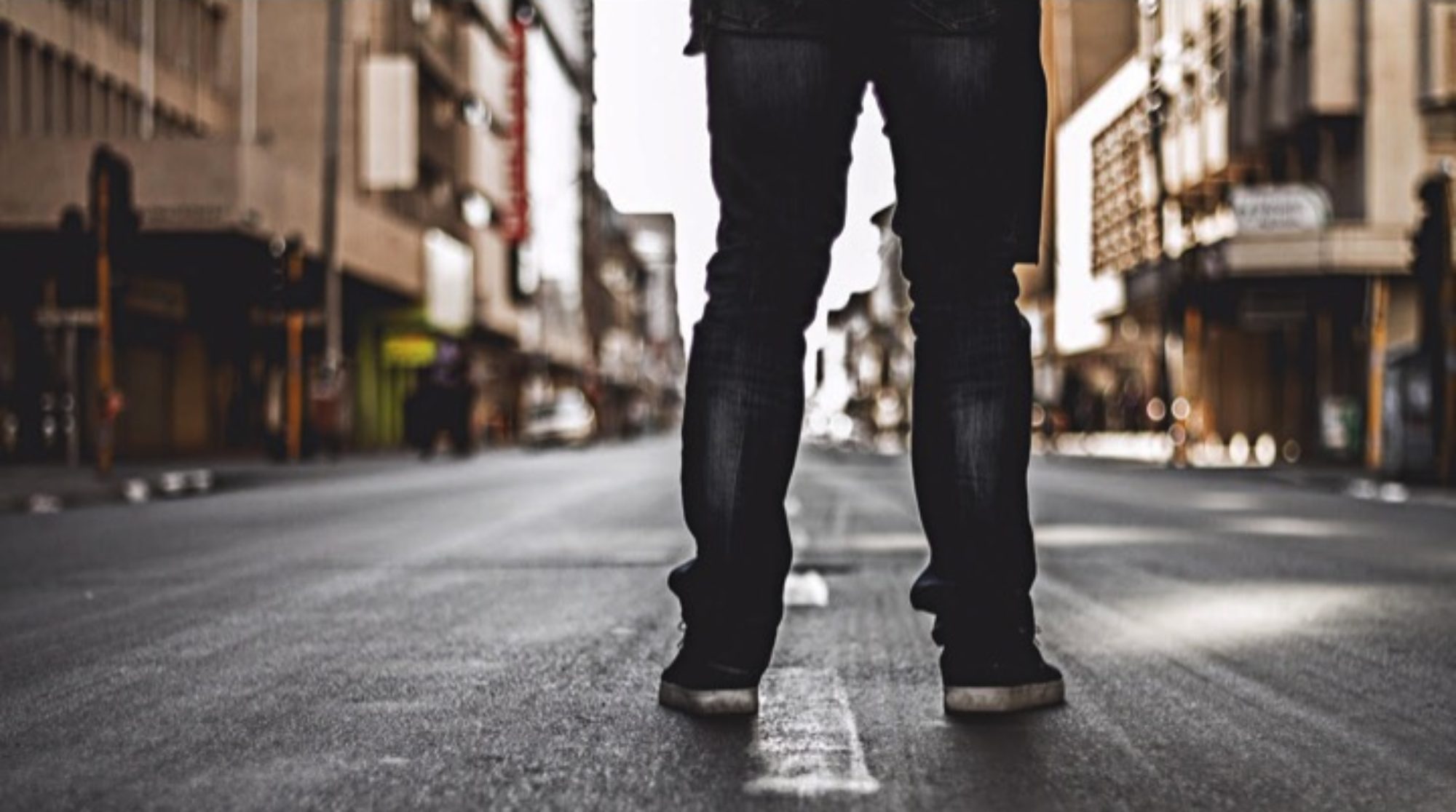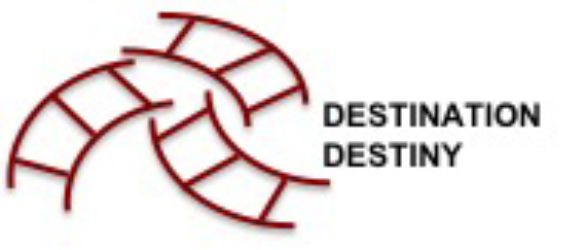Statistics from Chicago Public Schools show that only 74% of high school students graduate and a smaller percent go on to college. These numbers add up to a heavy burden on the cultural and economic health of our society. Studies have shown that high school graduates are 5-8 times less likely to be incarcerated and accumulate 10 times more wealth than those headed by dropouts. College graduates earn 60% more than high school graduates; have increased personal/professional mobility and experience improved quality of life for their offspring. These numbers are the summation of thousands of tragic stories for which opportunities are few and hopes are diminished.
Most students have an inherent sense of optimism that they can accomplish any thing they want. Yet many from the south and west sides of Chicago don’t wake up with similar optimism. For some students, school is not valued because the messages they receive from culture, music, peer groups, celebrities and the media suggest sports and entertainment are the path to success. Showing students that there are many achievable alternative routes to success, provides them optimism and awakens hope as they walk out their destiny.
Students make thousands of decision and choices everyday, each having a cumulative affect on reaching their destiny (future). And while Freshman On-Track is a critical make or break academic measure; sophomore year is a critical make or break social measure. Sophomore year is when students begin to become comfortable in defining themselves. It’s the point in life when peer pressure is the driving force for all their decisions – those mundane, critical or life altering. Students call it “The fight to fit”. Our research of 1,500 students in rural, suburban and urban communities identified peer pressure as the top challenge students face. The Barna Research Group conducted a study in which 42% of parents choose peer pressure as the most challenging issues facing their teenagers. “The percentage of young people plagued by peer pressure issues more than doubles once a child reaches high school,” Barna revealed. “That pressure takes many forms: using drugs or alcohol, befriending certain groups of peers, owning specific media technologies, having sexual experiences, wearing particular types of clothing or brands, and possessing a certain attitude.”
Destination Destiny has seen that cultural exposures coupled with high-character mentoring enable students to put peer pressure in context and enables them to focus on a future larger than their block, community or city. A destination without a route leads to meandering and inefficiency. Exposure and mentoring prepares students to take their intangible cause and build the personal infrastructure to give it life; to make their cause actionable and tangible; to take their vision and make it a reality. Personal infrastructure is made up of the systems and processes that are defined by their values and volitions. Their decisions and choices are the actions they take to realize their vision. This process prepares them to remove some seemingly simple obstacles and mange the more difficult ones, so they have an opportunity to lift themselves up and reach their potential.
These opportunities drive Destination Destiny’s mission to inspire students to become responsible, high-character global citizens, mobilizing them for significant living as future leaders, husbands and wives. We prepare them to build resilient lives through relational, experiential and educational activities that enable them to realize their passion, potential and purpose. 100% of our students have graduated and gone on to attend college.
If you believe students can achieve an alternative path, join us in providing the skills, exposures, knowledge and the confidence to create ladders of economic mobility. Click this link to support our efforts: ImpactDestiny

